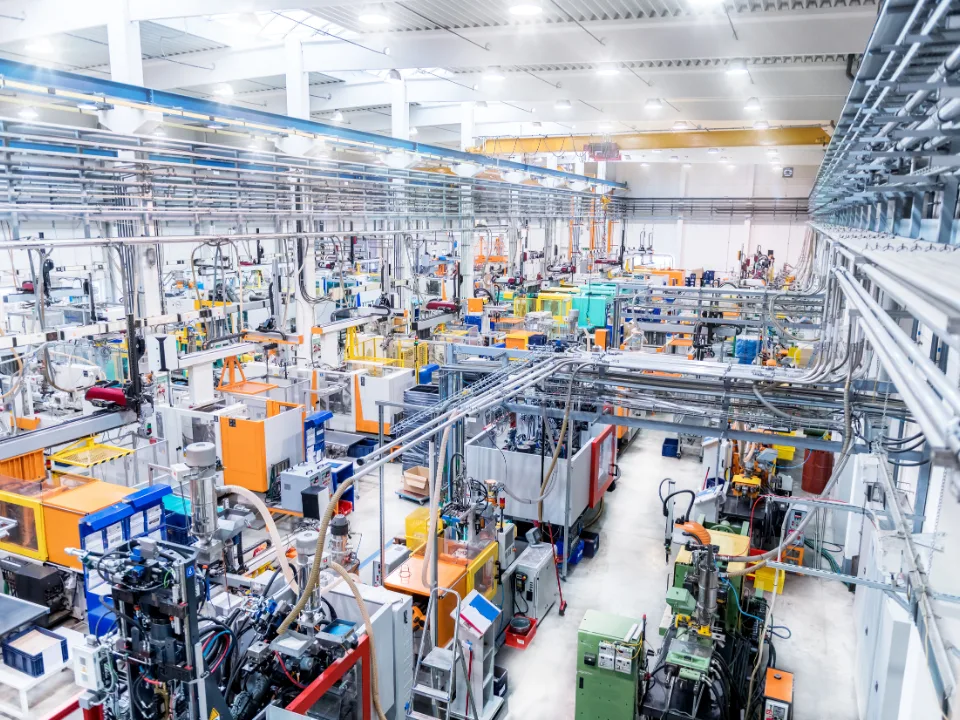- Despite significant investment announcements from companies like Apple, Eli Lilly, and Johnson & Johnson, US manufacturing revenue is projected to grow just 0.1% in 2025—down from a 4.2% projection last December.
- Tariffs introduced in April by the Trump administration are driving up raw material costs and contributing to sharp declines in earnings for manufacturing giants including Ford, John Deere, and DuPont.
- Industry executives anticipate a rebound in 2026, but this year remains under pressure from inflation, trade policy uncertainty, and falling demand.
Manufacturing in the US is in the midst of an investment boom, with companies pledging hundreds of billions to build new factories and expand production, reports Bisnow. Yet, the sector’s financial performance is struggling to keep pace with the enthusiasm, with flat revenue growth forecasted for 2025 amid tariff-driven uncertainty and rising costs.
Revenue Stalls, Optimism Dims
The Institute for Supply Management (ISM) now projects just 0.1% revenue growth for US manufacturers this year, a steep drop from its 4.2% forecast in December. That’s also down from a modest 0.8% gain in 2024. Executives point to widespread tariffs, declining demand, and persistent inflation as key obstacles, with some calling 2025 another “liquidity year” rather than one of productivity gains.
Get Smarter about what matters in CRE
Stay ahead of trends in commercial real estate with CRE Daily – the free newsletter delivering everything you need to start your day in just 5-minutes
Tariffs Bite Into Earnings
Several major manufacturers blamed newly implemented tariffs for poor Q1 performance. Ford cited a projected $1.5B hit to net profits, and others like Caterpillar and DuPont reported similar setbacks. The Trump administration’s April tariffs—affecting more than 150 countries with a minimum 10% rate—have pushed up raw material prices by an expected 7.5%, according to ISM. Roughly one in five manufacturing executives plans to slash capital spending by more than 25%.
Expansion VS. Execution
The weak manufacturing revenue outlook comes amid a wave of high-profile investment announcements. Apple has committed over $500B to US manufacturing over four years, including a 250K SF factory in Houston. Eli Lilly is eyeing a $5.9B biomanufacturing plant in the same city. Johnson & Johnson plans to increase US investments to $55B, with four new facilities in the pipeline.
Policy Risks Stall Momentum
Despite these bullish commitments, the manufacturing sector remains divided. While some firms press ahead with expansion plans to support reshoring efforts, others say the lack of policy coordination is undermining progress. “Trade issues, continued inflation concerns and geopolitical uncertainty are all headwinds,” the ISM report states.
What’s Next
Manufacturers and analysts expect recovery in 2026, assuming tariff effects stabilize and demand rebounds. Until then, the mismatch between capital investment and revenue growth underscores the volatile path of US manufacturing’s resurgence.

















